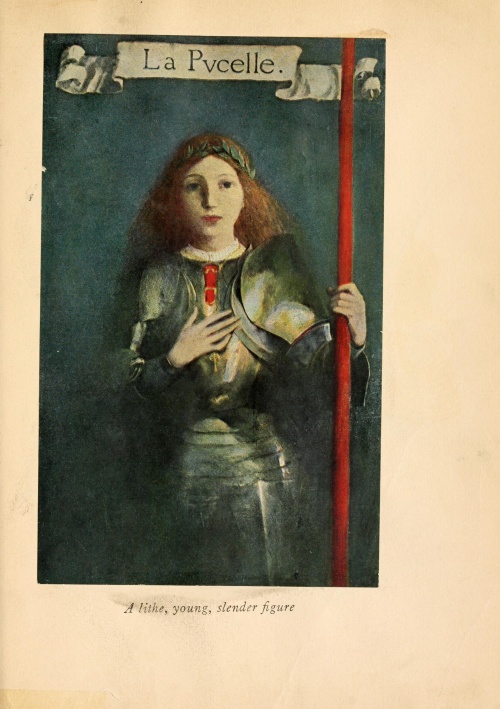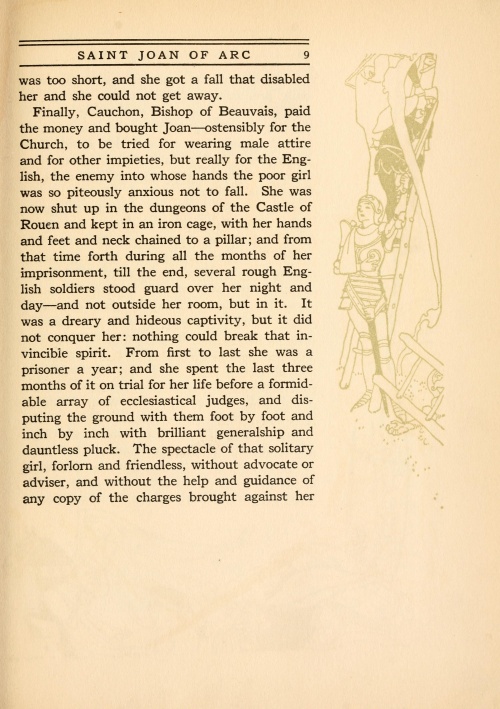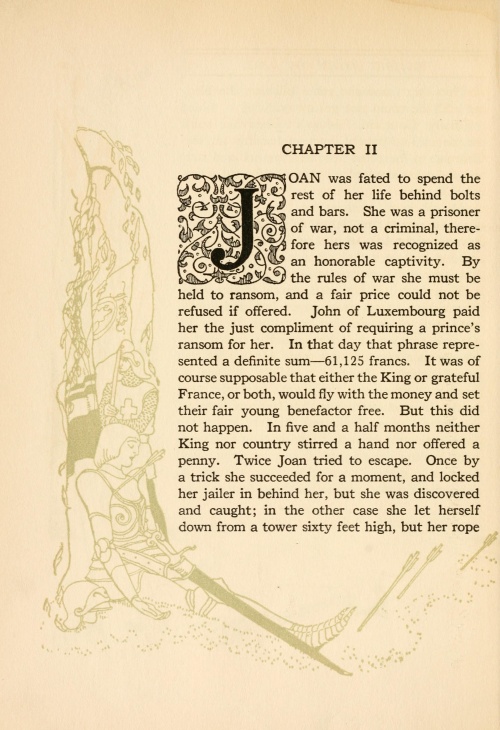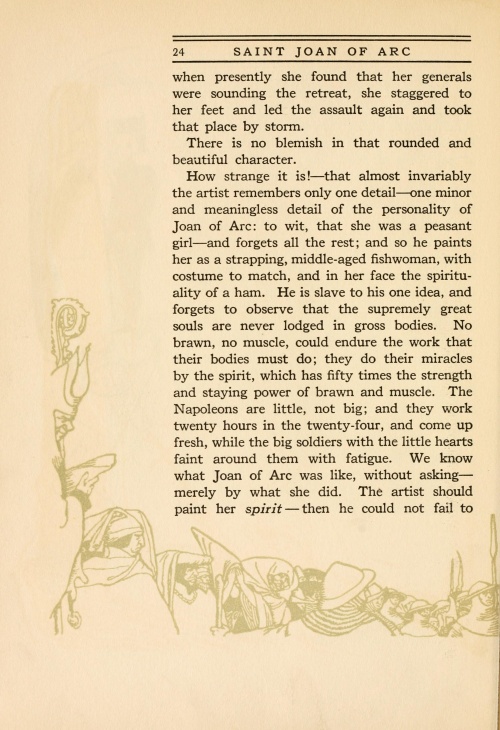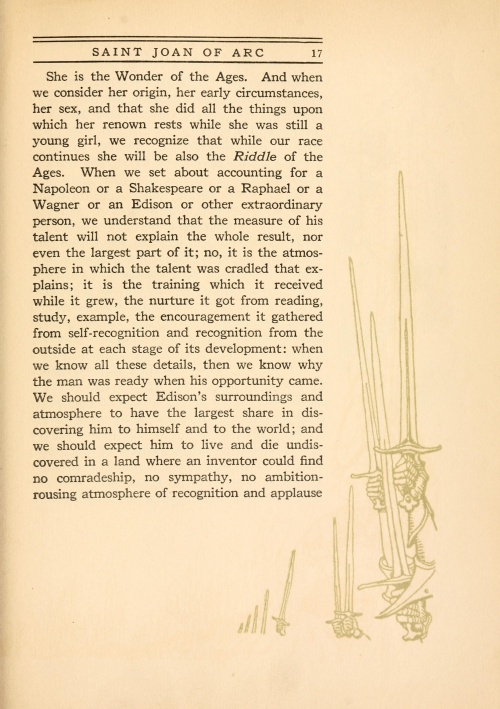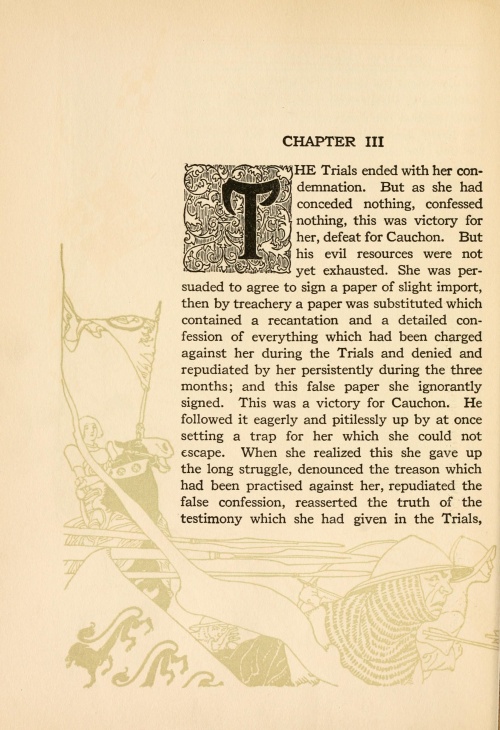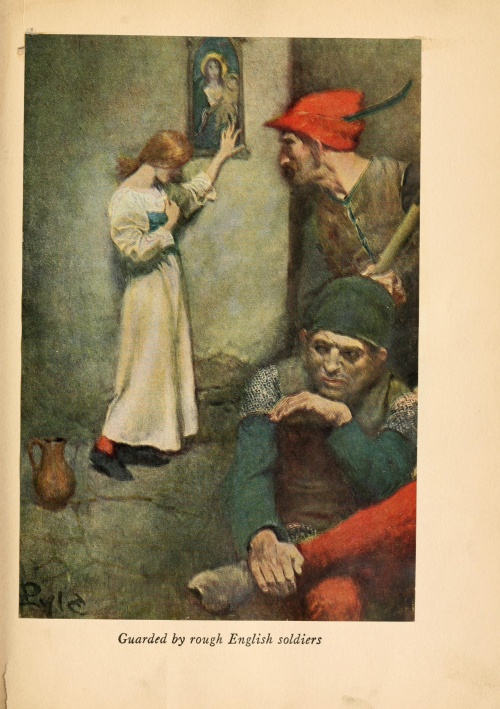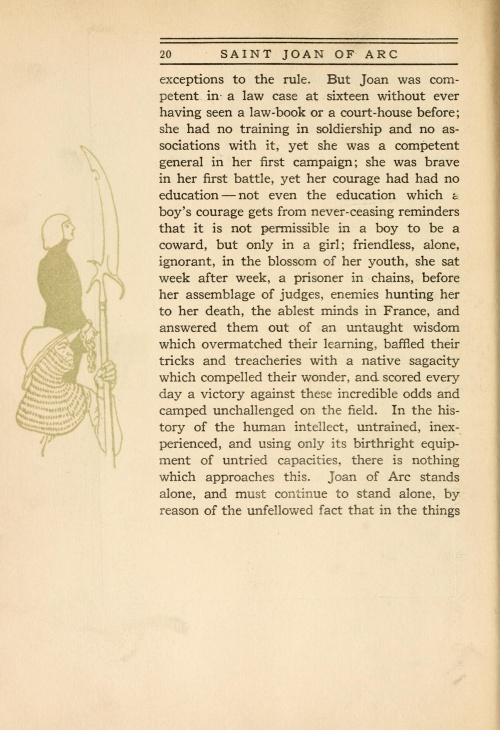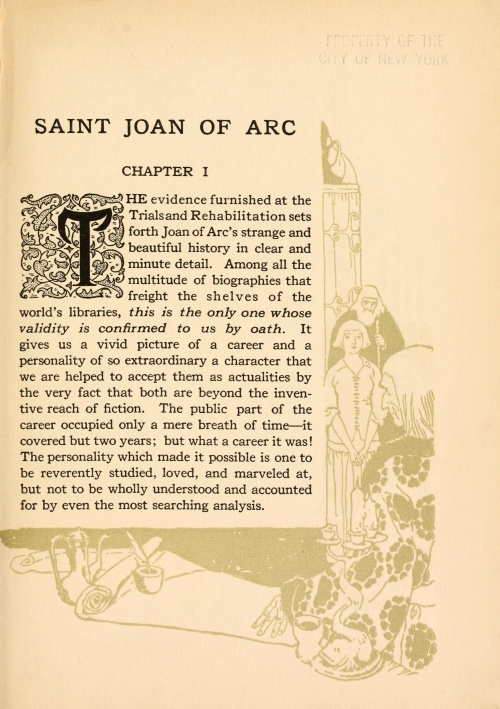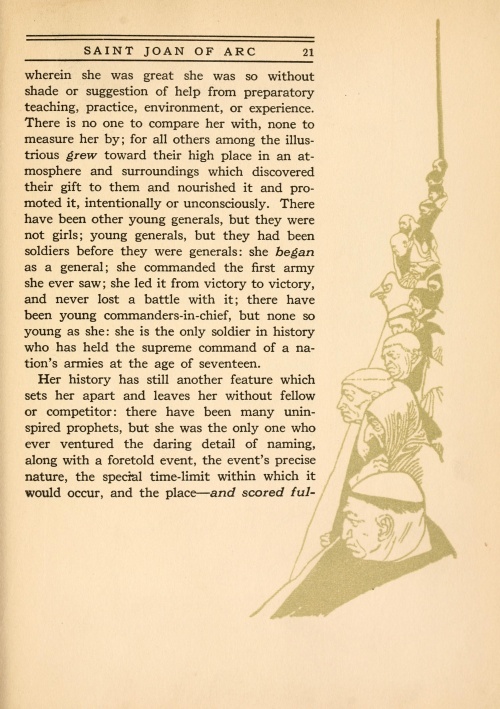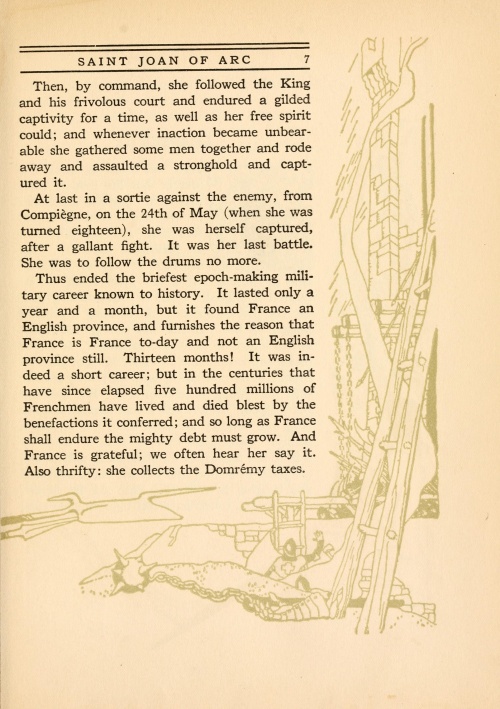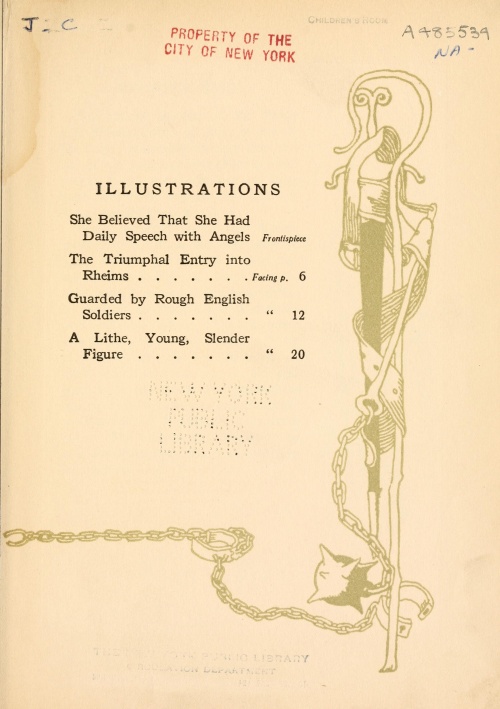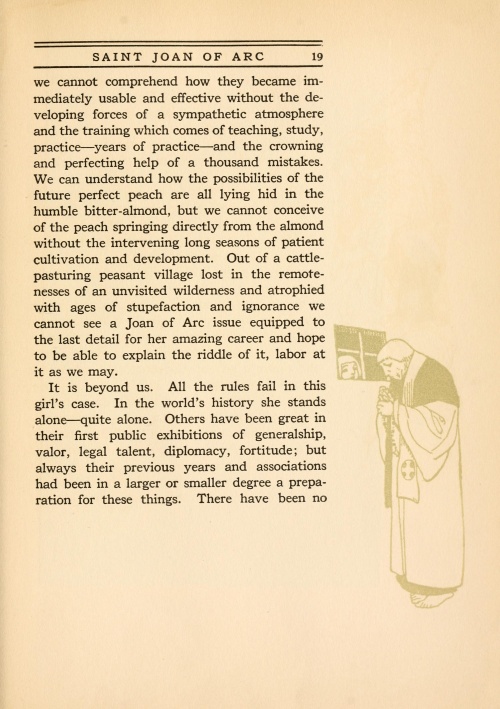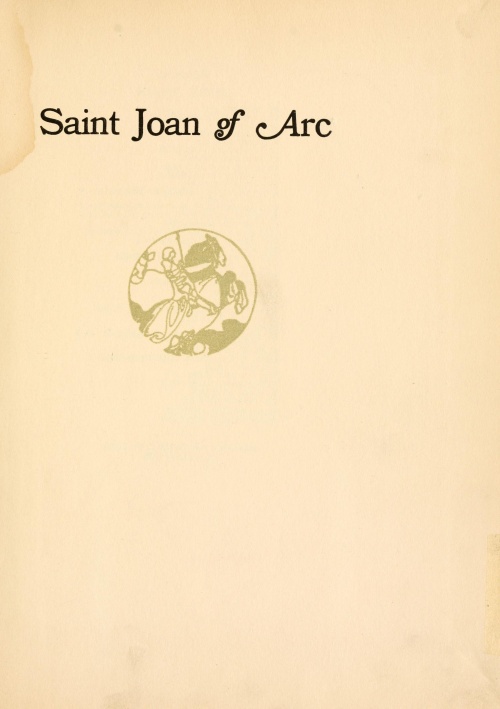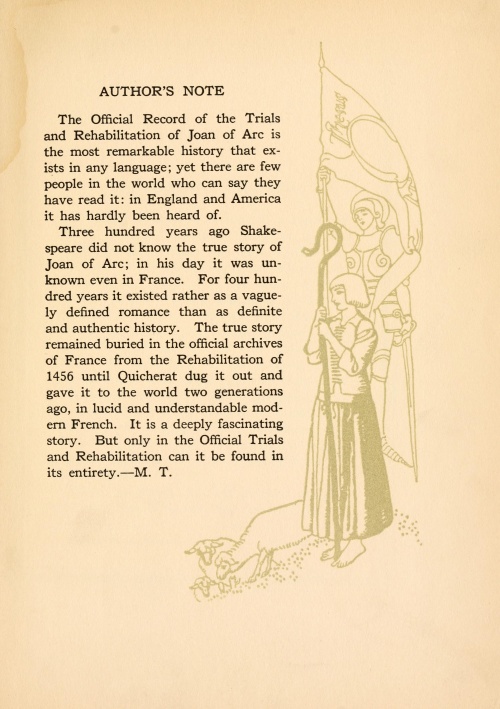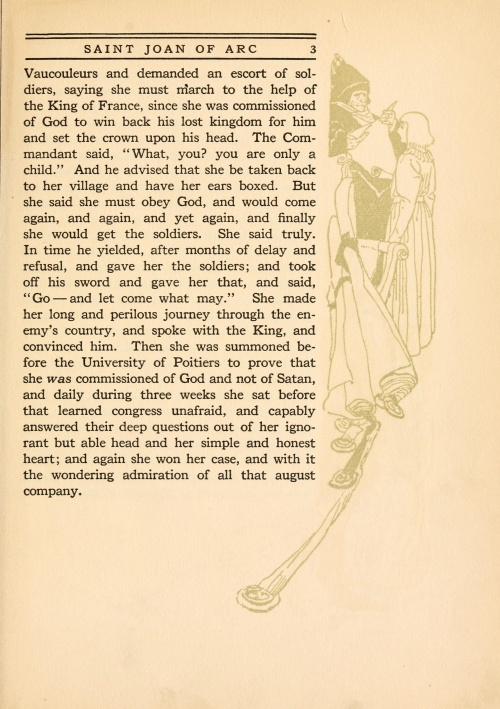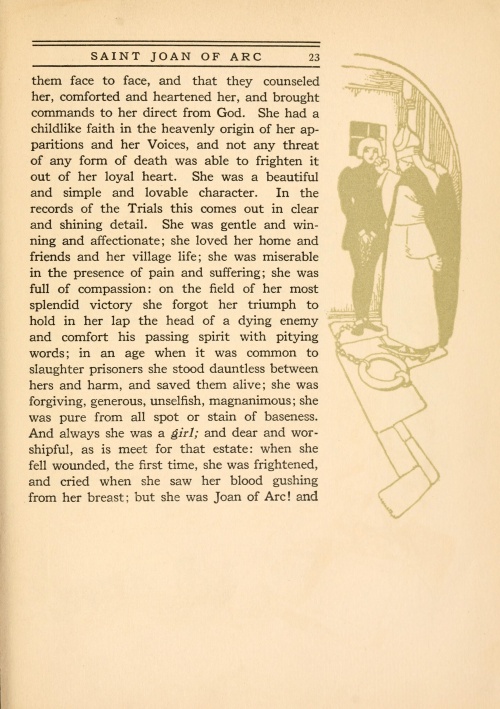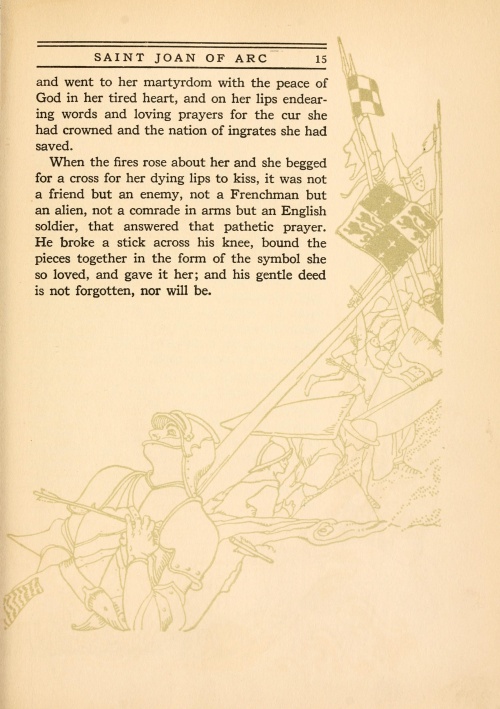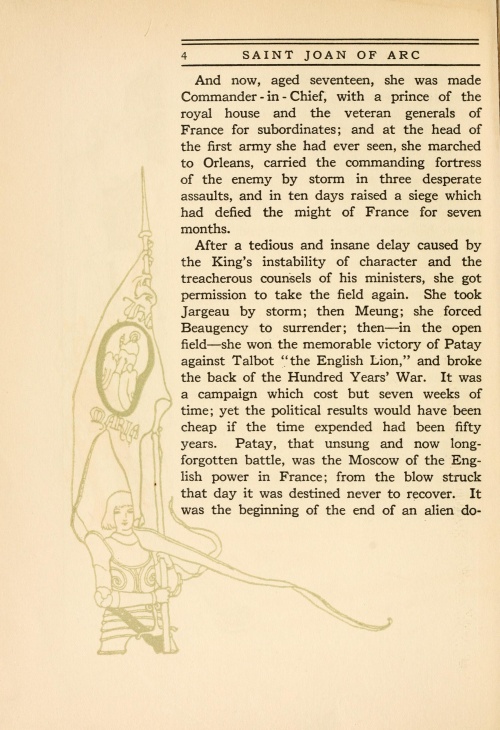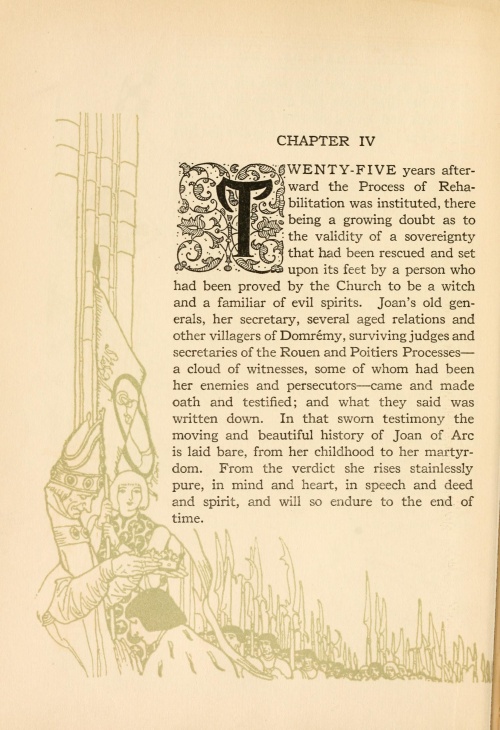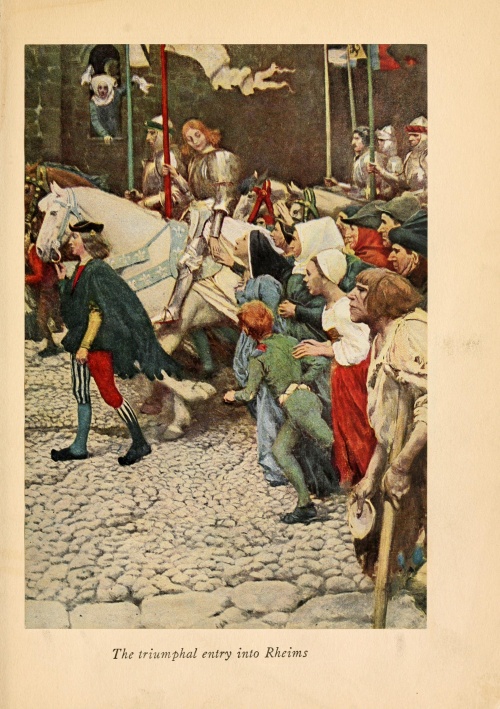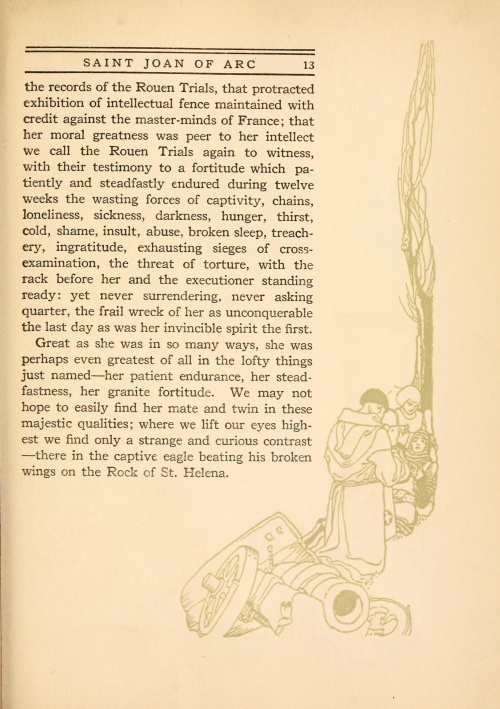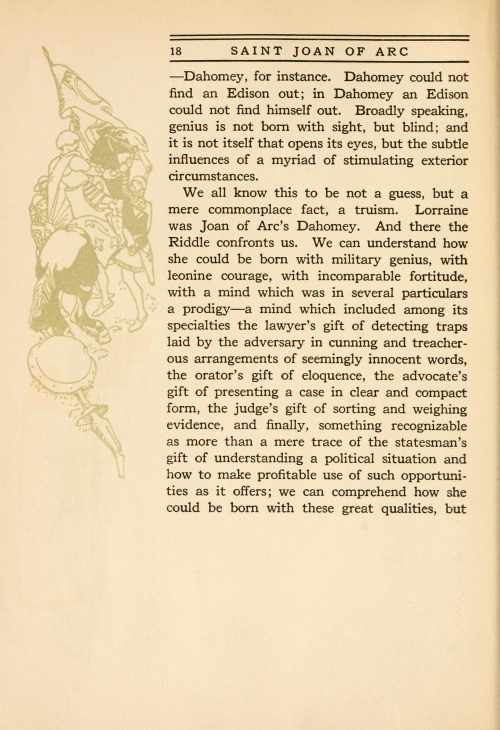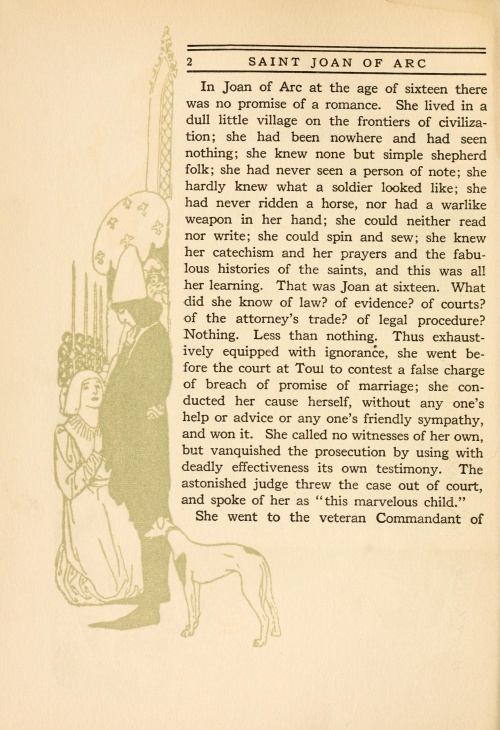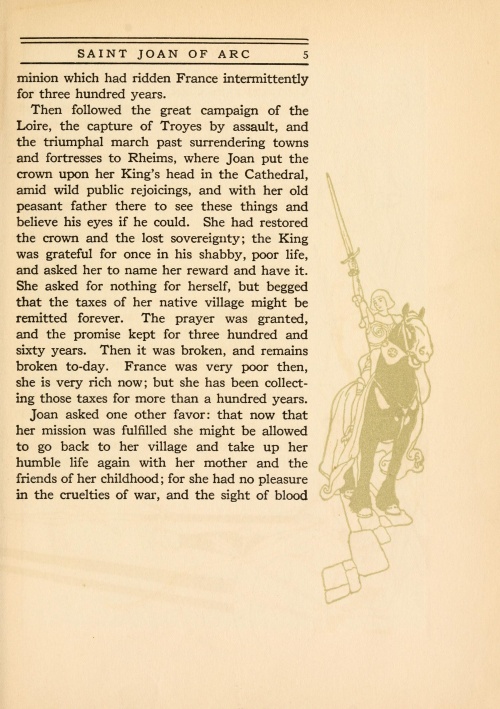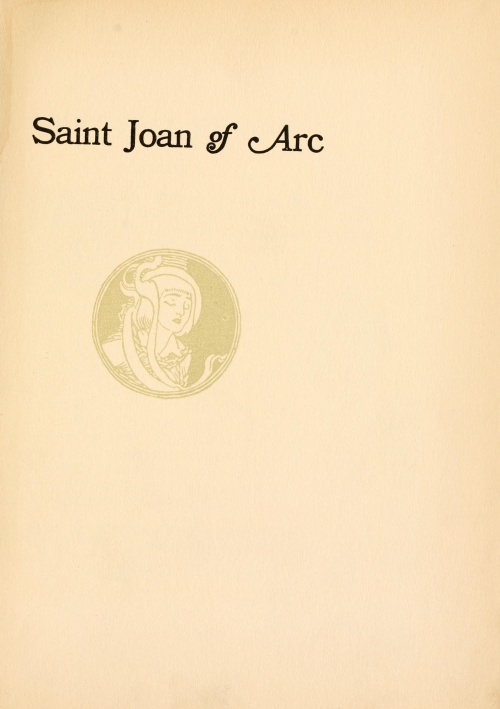American illustrator Howard Pyle (1853-1911). Part 1 (225 works)
Разрешение картинок от 1644x2638px до 3185x4179px
Howard Pyle (English: Howard Pyle; March 5, 1853 – November 9, 1911) was an American illustrator and writer (mainly for children). A native of Wilmington, Delaware, USA, he spent the last year of his life in Florence, Italy.
Pyle was born in 1853 into a leather manufacturer's family. His mother encouraged his interest in reading, writing and painting - for three years Pyle took painting lessons from the Belgian artist Van der Weilen, and at the age of 19 he began giving similar private lessons himself.
In 1876, Pyle published his first illustrated poem in Scribner's Monthly. Over the next thirty-five years, Pyle produced countless illustrations for historical and adventure novels (such as Mark Twain's Joan of Arc) and children's books, as well as for the leading publications of the day: Harper's Weekly, Harper's Monthly, children's magazine "St. Nicholas Magazine" and others.
In addition, Pyle himself wrote and illustrated several books (often set in medieval Europe):
The Glorious Adventures of Robin Hood (1883);
collection of fairy tales "The Wonderful Hours" (1887) (a collection of twenty-four tales written based on European folk tales, one for each hour of the day; each tale is preceded by a whimsical poem telling about traditional household activities typical for that hour of the day, and illustrated Pyle's sister Katharina);
collection of fairy tales “Pepper and Salt” (1887);
the novel “Otto the Silver Hand” - the story of the life of the son of a “robber baron” during the Dark Ages (1888);
the novel The Iron Man (1892) (filmed in 1954 as Falworth's Black Shield);
Howard Pyle's Book of Pirates (1903);
"King Arthur and the Knights of the Round Table" (1903);
"Knights of the Round Table" (1905);
"Sir Lancelot and His Knights" (1907);
"The Grail and the Death of Arthur" (1910).
Pyle's books are still being republished, including in Russia.
In 1884, Pyle began teaching book art at the Drexel Institute of Arts, Science and Industry (now Drexel University), and after 1900 he founded his own school of art and illustration, which was called the Howard Pyle School of Book Art. Pyle also contributed to the creation of the Brandywine Artists' Colony (named after Brandywine Creek, Delaware), which included such illustrators as Pyle's students as Olive Rush, N. C. White, Frank Schoonover, Eleanor Abbott, Ellen Bernard Thompson Pyle, and Jessie Willcox. Smith.
Pyle also created murals for public buildings (for example, "The Battle of Nashville" for St. Paul's Church in Minnesota (1906)) and in 1910 he traveled to Italy to become more familiar with the work of Renaissance mural masters.
A year later he died in Florence from acute pyelonephritis.
Pyle was widely respected throughout his life and continues to be highly regarded by artists today. His contemporary, Vincent van Gogh, wrote in a letter to his brother that Pyle's works "... struck me, I was speechless with admiration."
The familiar image of a pirate - a gloomy thug with a bandana on his head and an earring in his ear - was created by Howard Pyle. It was Pyle who is considered to be the first artist who depicted pirates wearing earrings with precious stones in their ears and “wrapping” colored scarves around their heads.
